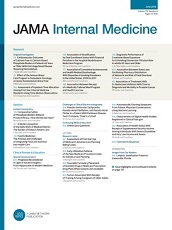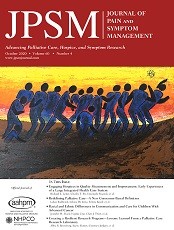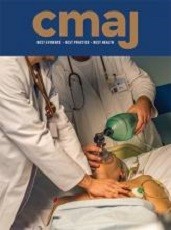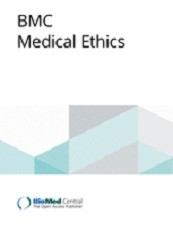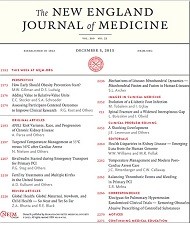Marike E De Boer, Marja FIA Depla, Marjolein Den Breeje,Pauline Slottje, Bregje D Onwuteaka-Philipsen, Cees MPM Hertogh
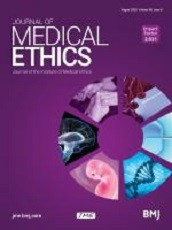
Abstract
The majority of Dutch physicians feel pressure when dealing with a request for euthanasia or physician-assisted suicide (EAS). This study aimed to explore the content of this pressure as experienced by general practitioners (GP). We conducted semistructured in-depth interviews with 15 Dutch GPs, focusing on actual cases. The interviews were transcribed and analysed with use of the framework method. Six categories of pressure GPs experienced in dealing with EAS requests were revealed: (1) emotional blackmail, (2) control and direction by others, (3) doubts about fulfilling the criteria, (4) counterpressure by patient’s relatives, (5) time pressure around referred patients and (6) organisational pressure. We conclude that the pressure can be attributable to the patient-physician relationship and/or the relationship between the physician and the patient’s relative(s), the inherent complexity of the decision itself and the circumstances under which the decision has to be made. To prevent physicians to cross their personal boundaries in dealing with EAS request all these different sources of pressure will have to be taken into account.
Boer MED, Depla MF, Breejen MD, Slottje P, Onwuteaka-Philipsen BD, Hertogh CM. Pressure in dealing with requests for euthanasia or assisted suicide. Experiences of general practitioners. J Med Ethics. 2019;45(7):425-429.
